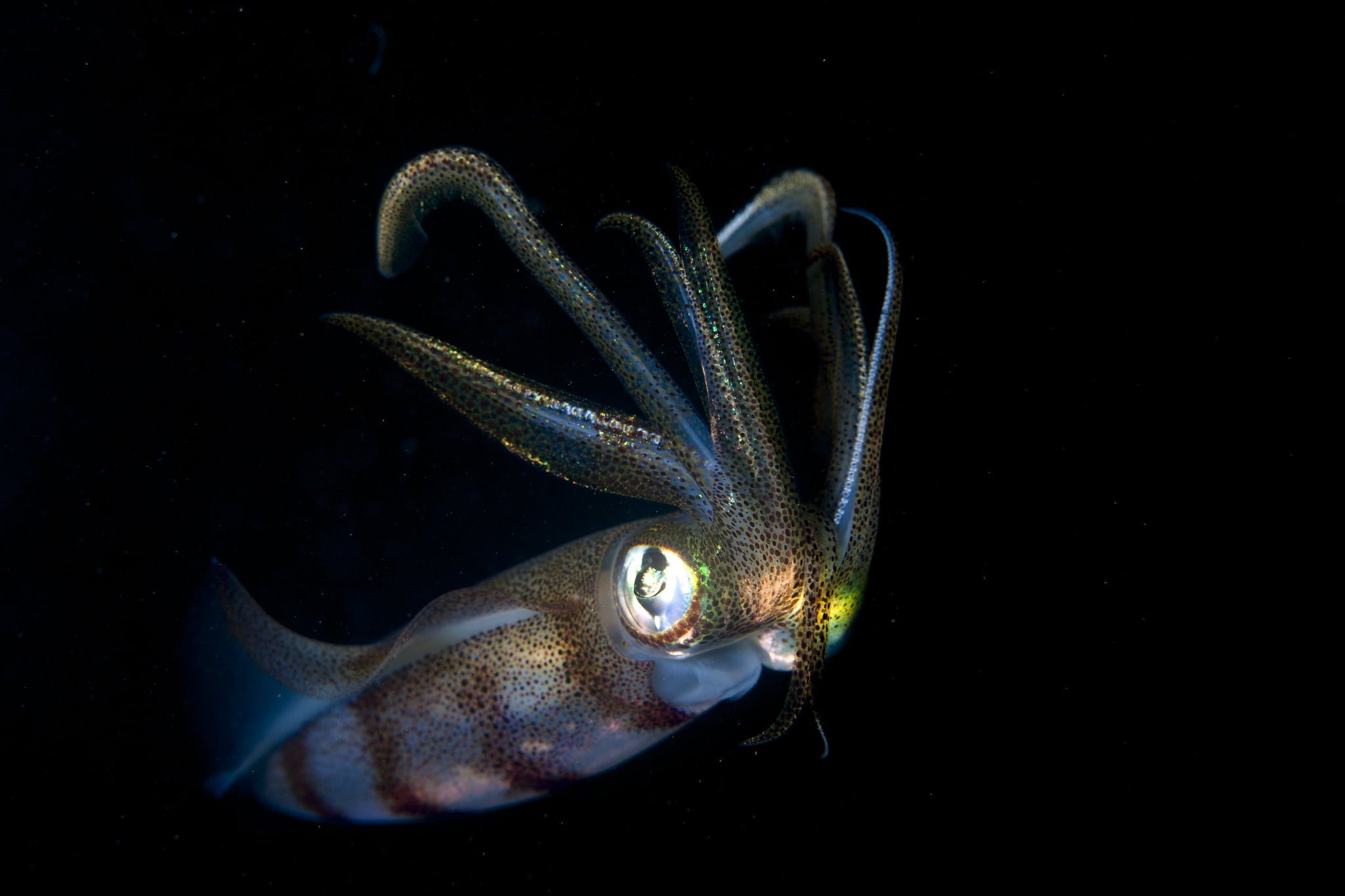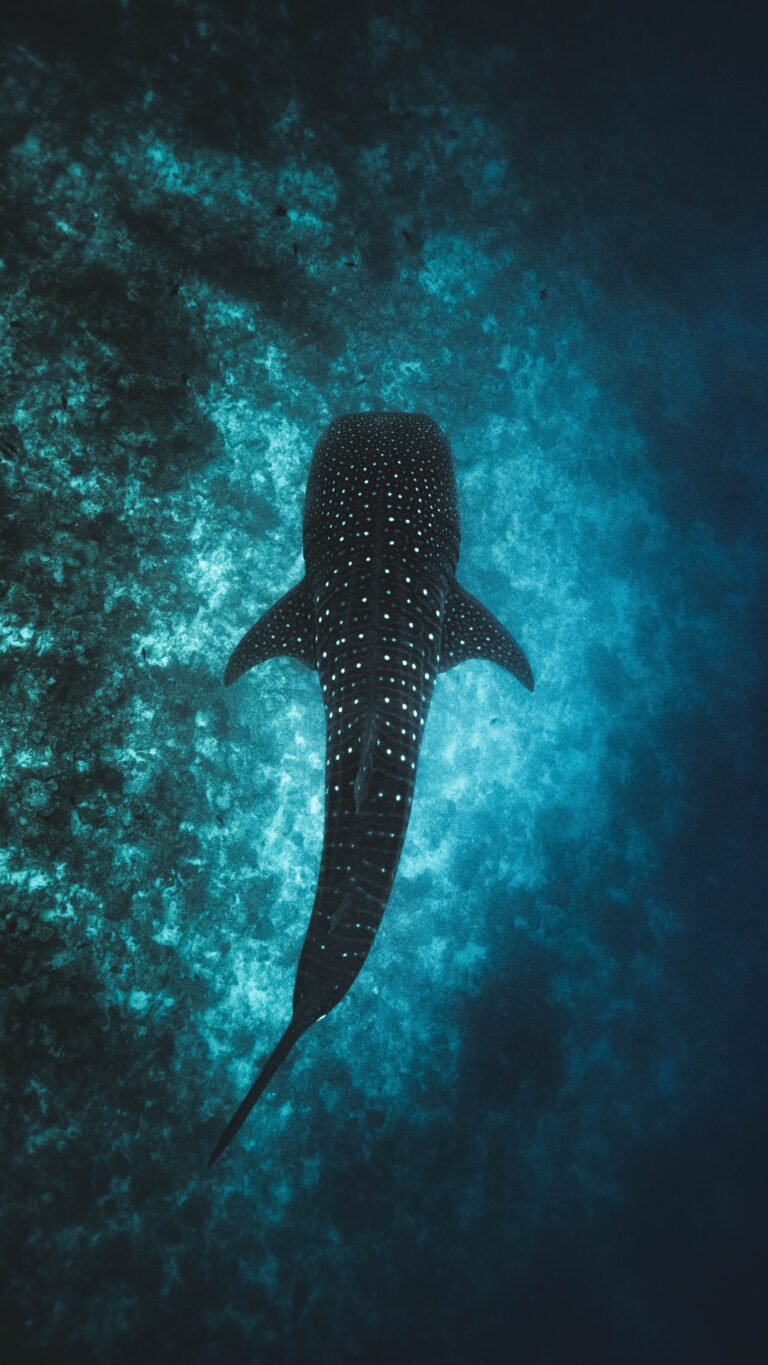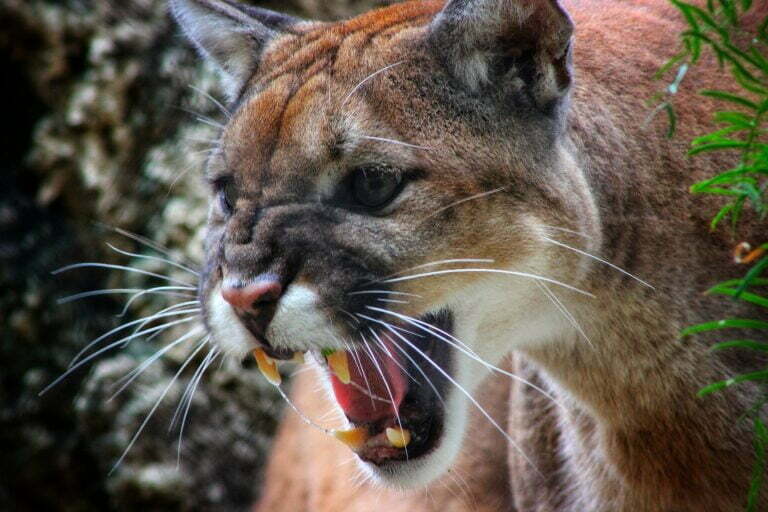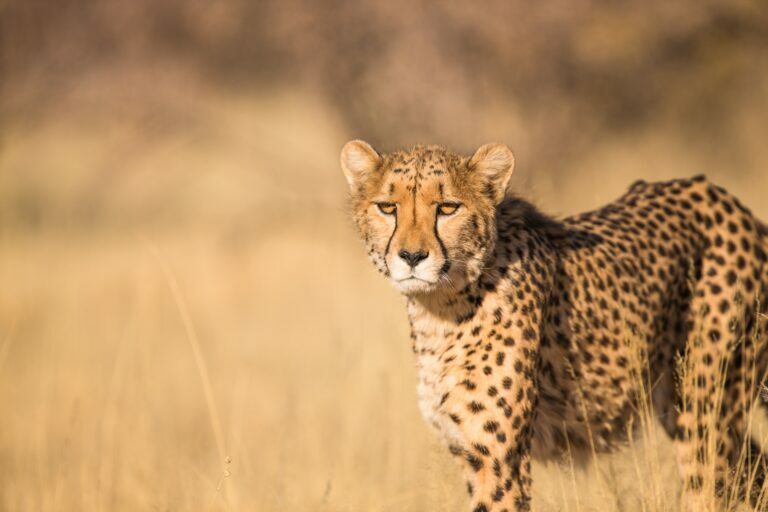Illuminating Nature: Why Animals Glow In The Dark
Nature has a remarkable way of surprising us with its wonders, and one of its most mesmerizing phenomena is bioluminescence. Imagine walking through a dark forest or diving into the deep ocean, only to find the surroundings adorned with a magical glow. Some animals possess the incredible ability to emit light, creating an otherworldly spectacle. In this blog post, we delve into the fascinating world of bioluminescence and explore the reasons why certain animals glow in the dark.
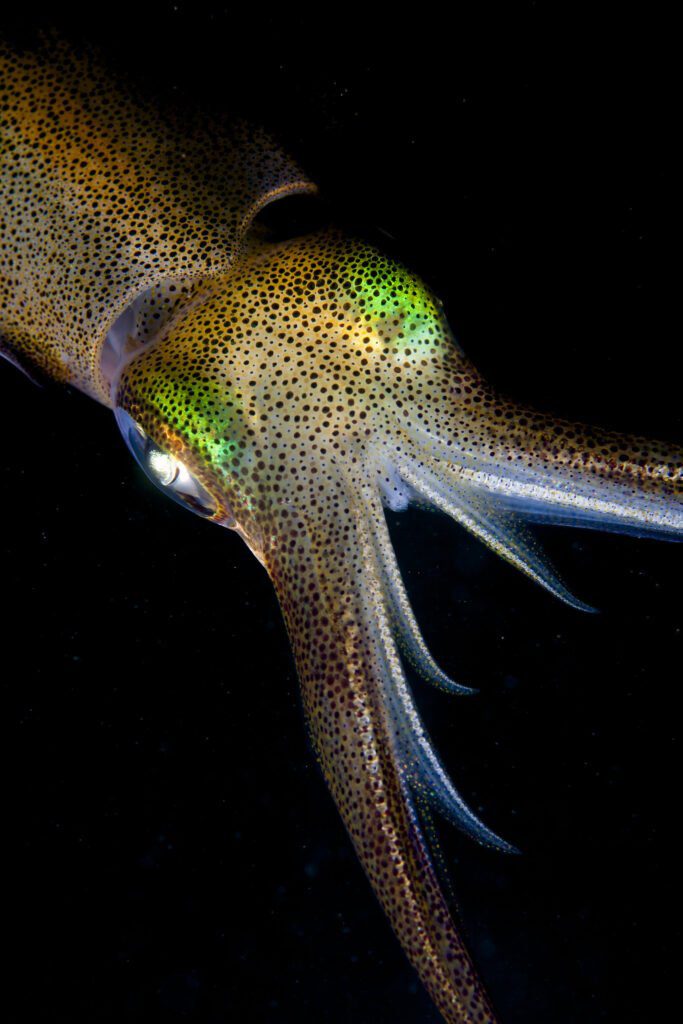
What is Bioluminescence?
Bioluminescence refers to the production and emission of light by living organisms. This captivating process occurs when specialized cells or organs within these animals interact with a light-emitting pigment called luciferin and an enzyme called luciferase. When luciferin reacts with oxygen in the presence of luciferase, it releases energy in the form of light. The result is a magical display of glowing organisms, lighting up the darkness around them.
Adaptation for Camouflage:
In the animal kingdom, survival often hinges on adaptation to the environment. For some creatures, bioluminescence serves as a unique form of camouflage. In the depths of the ocean, where sunlight barely penetrates, bioluminescent organisms can blend in seamlessly with the faint glow that permeates their habitat. By matching the intensity and color of the ambient light, these animals can avoid attracting the attention of predators and prey alike.
Courtship and Communication:
For many bioluminescent species, the ability to glow in the dark plays a vital role in courtship and communication. Fireflies, for instance, are famous for their captivating light displays during mating season. Male fireflies flash their unique patterns to attract females, while females respond with their own luminescent signals, acting as a beacon to guide potential suitors.
Similarly, some deep-sea creatures use bioluminescence to communicate with others of their kind. Schools of fish, like lanternfish, use synchronized flashes to signal their presence and coordinate movements in the darkness. By using specific patterns and colors, these animals can differentiate between members of their species and even identify potential threats or mates.
Predator-Prey Relationships:

In the eternal dance of predator and prey, some animals have evolved to use bioluminescence to their advantage. Certain deep-sea predators, such as the aptly named anglerfish, have a bioluminescent lure hanging from their foreheads. The glow serves as a trap for unsuspecting prey, luring them closer until they are close enough to be devoured.
Defensive Mechanism:
On the other hand, some bioluminescent organisms employ their glowing ability as a defense mechanism. When threatened, these creatures release a burst of light to startle and confuse their attackers, giving them a chance to escape from danger. The luminous cloud also serves as a diversion, allowing the animal to slip away undetected.
The Magic of Symbiosis:
Remarkably, not all bioluminescence originates from the animal itself. In some instances, organisms form symbiotic relationships with bioluminescent bacteria or other light-producing microorganisms. These microbes live within the tissues of their hosts and create the mesmerizing glow, enabling the animal to take advantage of the light without the need for specialized cells or organs.
Conclusion:
The world of bioluminescence is a testament to nature’s endless creativity and adaptability. From the mesmerizing light displays of fireflies to the enigmatic allure of deep-sea creatures, glowing organisms have found innovative ways to thrive in their respective environments. Whether it’s for camouflage, courtship, communication, predator-prey interactions, or defensive purposes, bioluminescence continues to captivate our imaginations and remind us of the astonishing diversity of life on our planet. As we continue to explore and understand these extraordinary phenomena, we are left in awe of the many secrets nature has yet to unveil.
